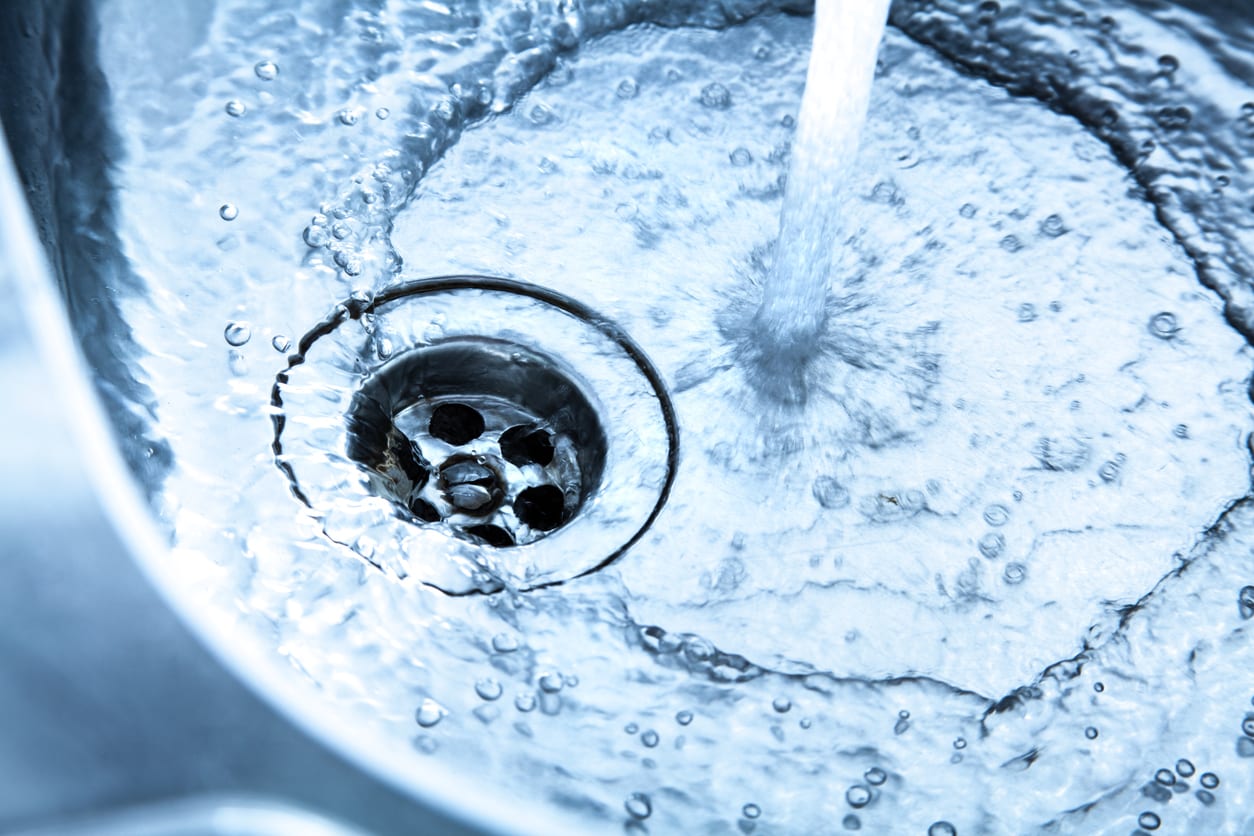Many people know of microplastics found throughout the ocean, but researchers have now identified microplastics in drinking water, table salt and the air we breathe.
The study, published in the journal Environmental Science & Technology, looked three key sources where microplastics may find their way into our bodies: table salt, drinking water and air.
Conducting a meta-analysis of 46 scientific articles, scientists from the University of Southern Denmark, East China Normal University and Jinan University focussed on the trends and patterns around microplastics.
The scientists chose these three consumables due to the fact that humans can’t avoid them in their diet.
“Microplastics have been found in many places, including in various foods such as honey, milk, beer and seafood, but these are foods that you can choose not to eat—unlike salt, water and air, which no one can avoid, and that’s why we’re focusing on these,” says Dr Xu.
Plastics in the air
The scientists found that among the three sources, the air we breathe is the primary source of microplastic intake.
The main sources of microplastics in the air are synthetic textiles, rubber tyres and road dust. Additionally sources include building materials, waste incineration, furniture, landfills and industrial waste.
Weather also has big influence on where microplastics are found, researchers say. Concentrations tend to be higher in wet weather rather than dry.
Indoor air, they say, poses a higher risk than outdoor. “I am more worried about indoor air than outdoor air. Indoors, we have particles from all the household plastic products,” says Dr Xu.
“You cannot avoid them all, but it is possible to minimise the exposure. Let in some fresh air and don’t buy synthetic fabrics and other plastic products like toys, furniture and food containers,” he concludes.
Table salt
When it comes to table salt, the researchers concluded that microplastics don’t come from the salt itself, but rather through drying, production, packaging and transport.
“Our advice is that consumers should be aware of the way food is produced and processed, because it is probably not only in the production and packaging of table salt that microplastics enter the finished product that reaches the supermarket shelves,” says Dr Xu.
Previous studies have found high concentrations of microplastics in table salt in Croatia, Indonesia, Italy, USA and China. On the other hand, Australia, New Zealand, France, Iran, Japan, Malaysia and Portugal and Africa all record low concentrations.
Bottled and tap water
Drinking water is another problem area when it comes to microplastic intake. The researchers found that microplastics are more common in recycled plastic bottles and may be found from several steps in the supply chain, such as the bottle itself or the screw cap.
“We believe that packaging is a major source of microplastics in bottled drinking water,” says Dr Xu.
Surprisingly, glass bottles were also found to be another source of microplastics. This may be due to the plastic cap which can release microparticles when screwed off and on the bottle.
The problem is not limited to bottled water. Microplastics have been found in tap water, too.
The plastic particles can come from contaminated water sources, like lakes, groundwater and rivers, as well as water processing plants.
“Some of the plastics registered in tap water in different countries are quite large pieces, up to 5 mm,” explains Dr Xu.
“Such large pieces may be captured by a water purifier equipped with a membrane filtre. Another way to reduce exposure to microplastics in drinking water is to avoid drinking bottled water,” he advises.
The impact on our health
The result of microplastic intake from all these various sources poses a real impact on our health, say scientists, and must be taken seriously.
Currently, there are no official guidelines for how much microplastic food may contain. Furthermore, there are no set values for when certain amounts or sizes of microplastic particles should be deemed hazardous for humans to consume.
Some animal studies show that microplastic ingestion can disturb the metabolism and intestinal system.
“Given the lifetime inevitable exposure to microplastics, we urgently call for a better understanding of the potential hazards of microplastics to human health,” says Dr Xu.




